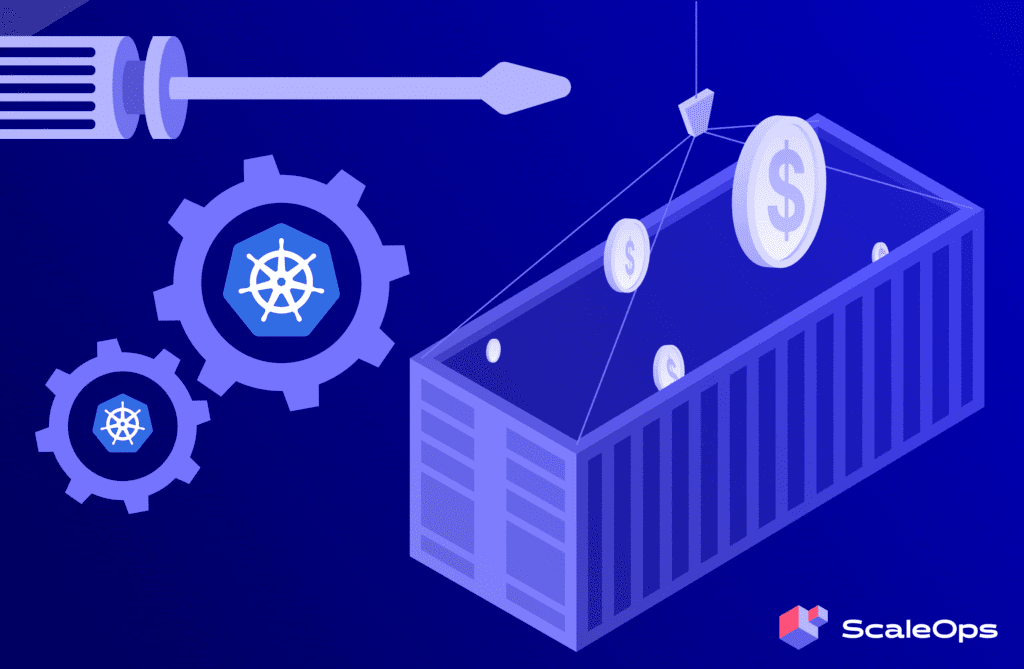
Complete Guide to Kubernetes Resource Optimization Software in 2025
Nic Vermandé
Let’s be honest: nobody adopts Kubernetes to spend their days tweaking YAML fi…

Let’s be honest: nobody adopts Kubernetes to spend their days tweaking YAML fi…

Kubernetes cost optimization isn’t about just cutting some dollars off of your…
We’re excited to announce that Replica Optimization is now GA, bringing applic…
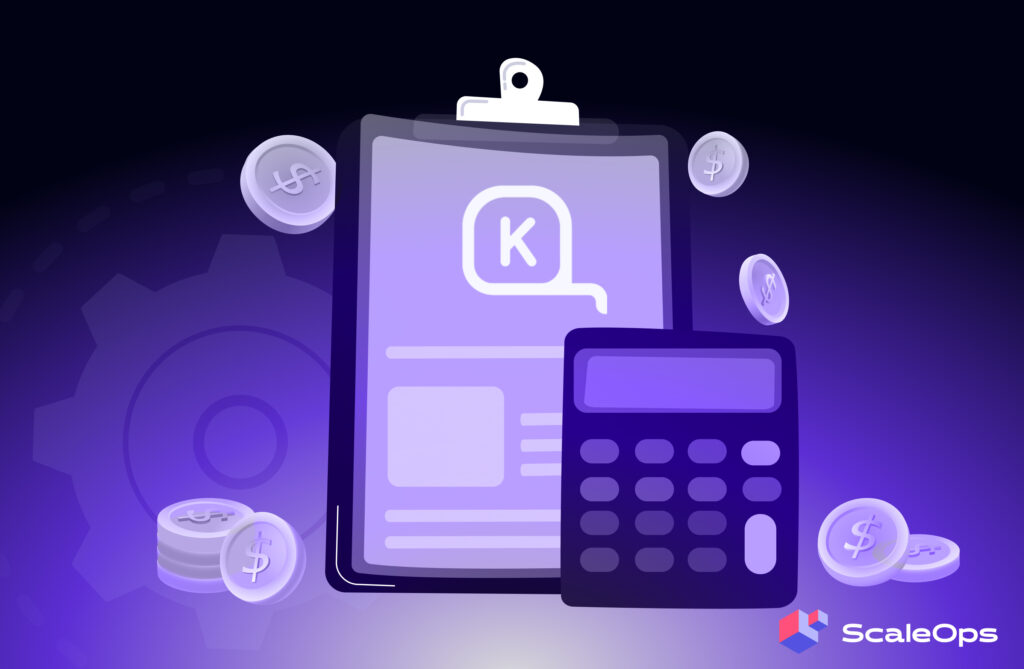
Autoscaling is a core part of running Kubernetes in production. Pods scale horiz…

Why Kubernetes Cost Optimization Matters Kubernetes’ power comes from abstract…
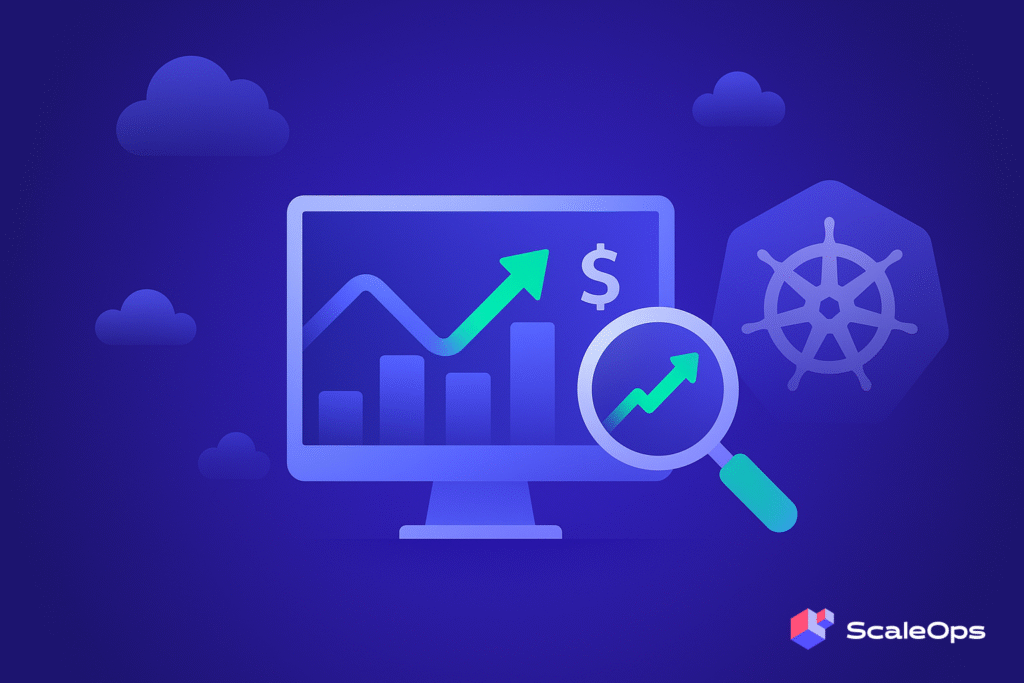
As more and more organizations adopt Kubernetes, managing and monitoring cloud c…
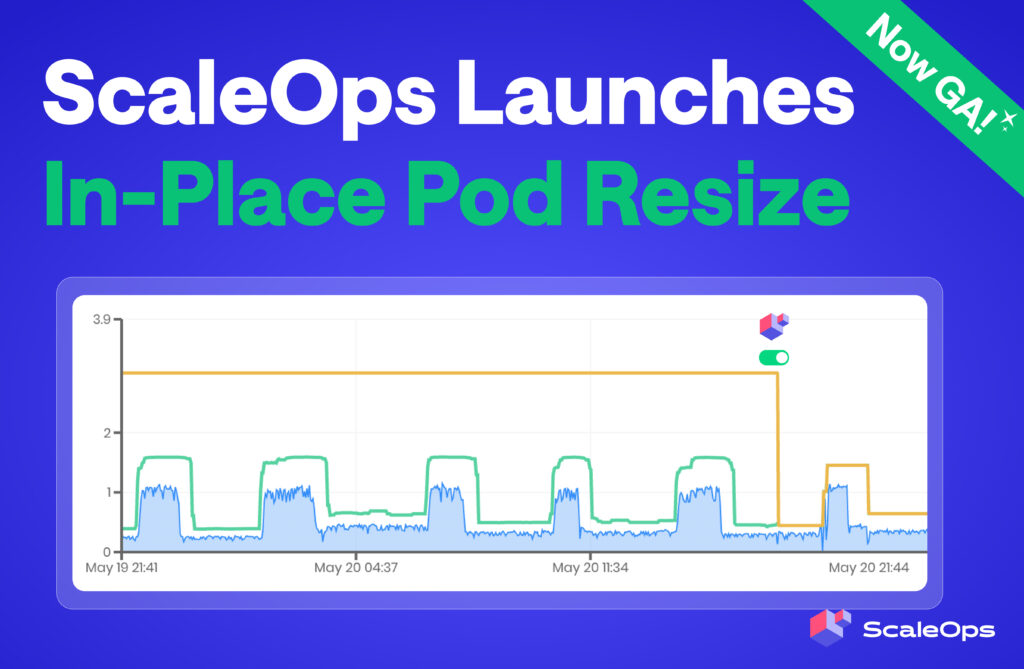
We’re excited to announce that In-Place Pod Resizing is now GA in the Scal…
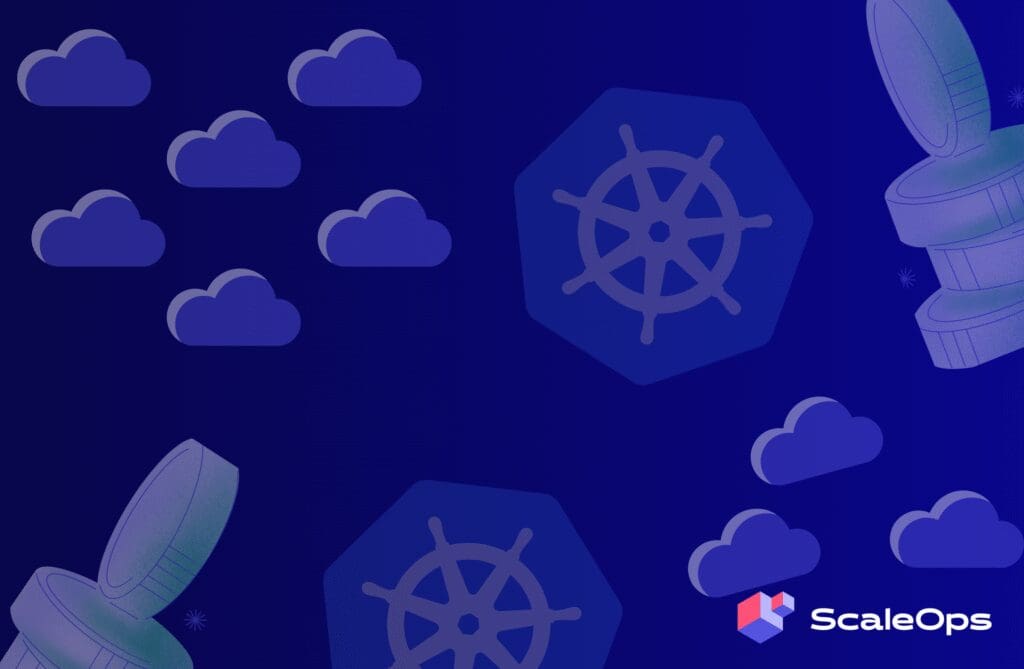
Kubernetes costs tend to go unnoticed until the bill hits. You’re not just pay…
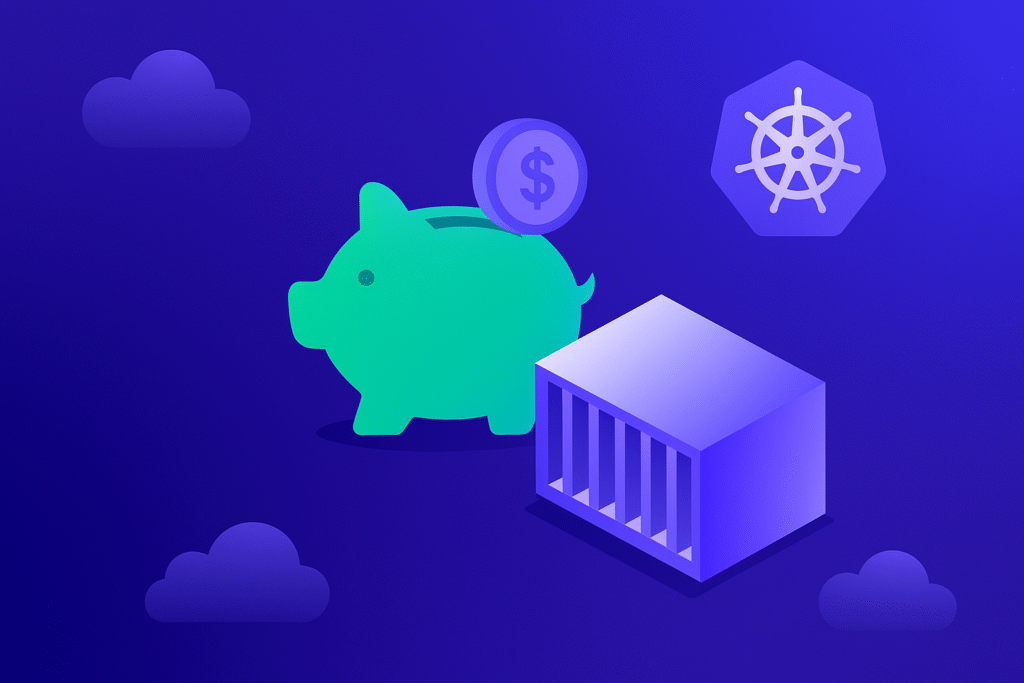
Kubernetes is a powerful container orchestration platform, but understanding wha…